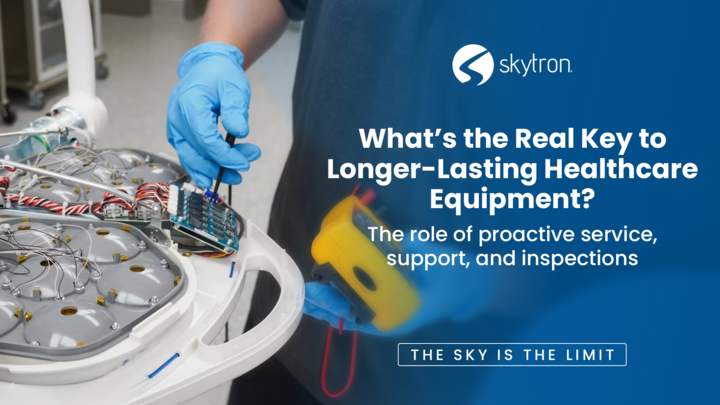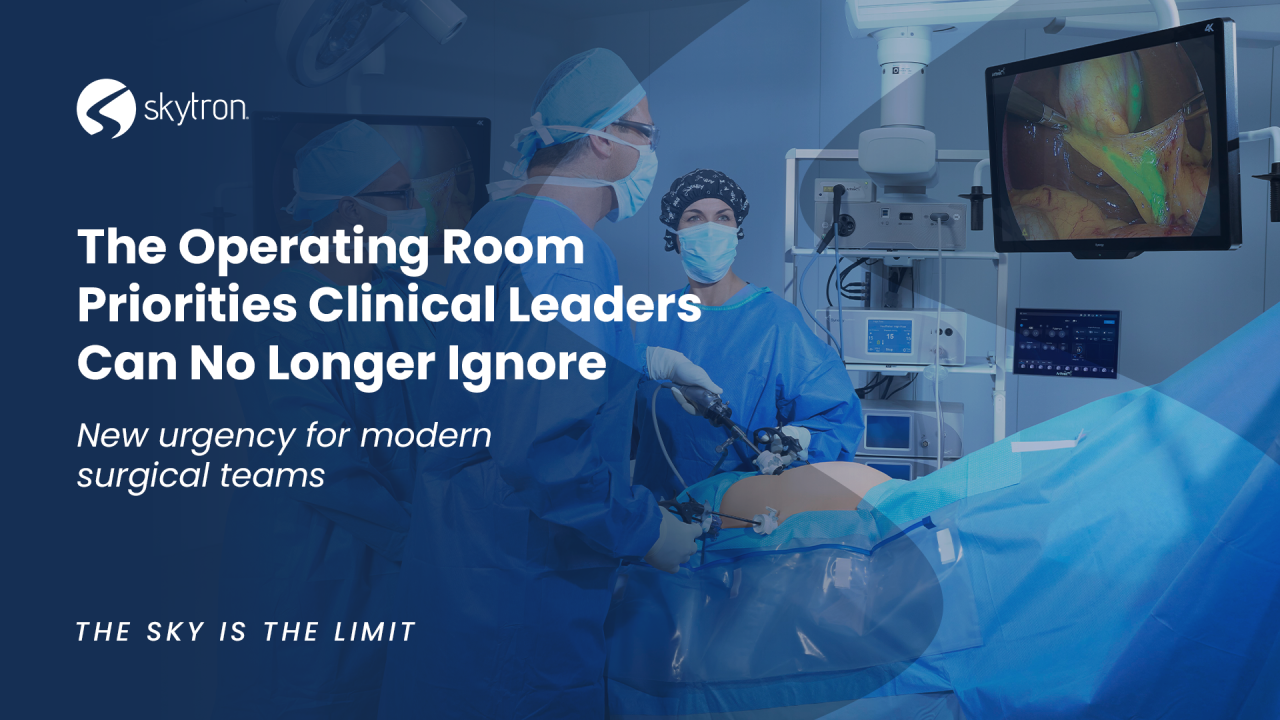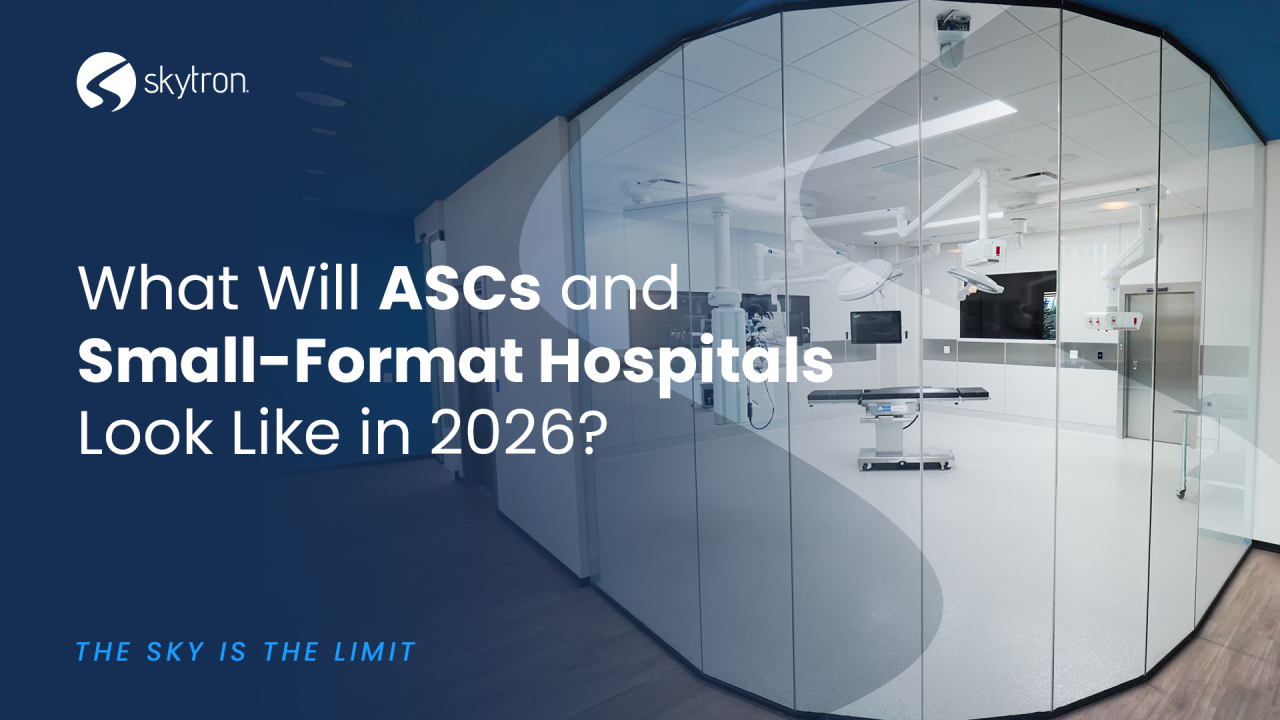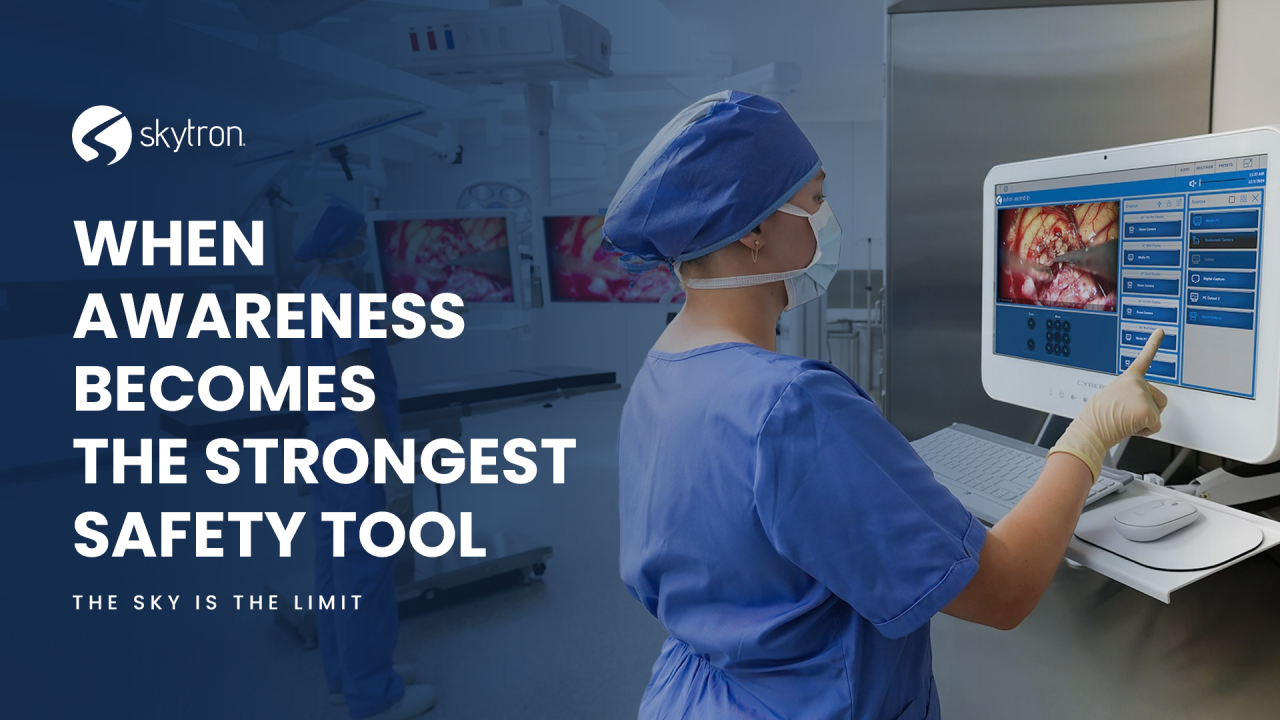
-
Written ByRebecca Kinney
-
PublishedOctober 1, 2025
Support programs that include ongoing training, troubleshooting, and access to replacement parts provide an added layer of protection.
The role of proactive service, support, and inspections
Getting approval for capital equipment usually takes longer than anyone wants. In many facilities, leaders submit proposals year after year, making the case until either budgets align or something breaks badly enough to disrupt the surgery schedule. When the green light finally comes, it isn’t just a win, it’s a hard-earned investment. And because the next approval may not happen for years, your facility needs to make that equipment last as long as possible.
“So how can your facility stretch the lifespan of your most valuable equipment? Beyond the initial purchase decision, service and support programs are often the difference between equipment that performs reliably for a decade and equipment that fails prematurely.
Why Service Matters
Healthcare equipment is engineered for heavy use, but “heavy use” looks different in every facility. A sterilizer running multiple cycles daily will naturally have different wear patterns than one used less frequently. Without regular service, small issues can escalate quickly into downtime, canceled procedures, or costly emergency repairs.
AORN guidance highlights that planned preventive maintenance not only extends equipment life but also reduces safety risks by catching problems before they impact patient care (AORN Journal, 2022).
In other words, service isn’t just about protecting the equipment, it’s about protecting the workflow that surrounds it.
The Role of Proactive Inspections
Annual inspections and cleanings are one of the simplest ways to prevent avoidable failures. Yet they’re also one of the most overlooked. HSPA notes that proactive inspection schedules improve reliability by ensuring parts subject to wear are replaced before they fail, reducing unscheduled downtime (Healthcare Purchasing News, 2021).
An example of commonly overlooked OR assets that can be missed in the inspection process are booms and surgical lights. Dust and debris on filters, loose connections, or worn cables may not cause immediate issues, but they can shorten the life of the device if left unchecked. A structured inspection and cleaning program catches those issues early.
At Skytron, we recommend annual preventive maintenance inspections on surgical lights and booms that include cleaning optics, tightening connections, and testing all safety functions. While that is a specific case, the principle applies across the board: proactive care slows deterioration and keeps performance consistent.
Another factor that often gets overlooked in equipment longevity is how well staff are trained to use and care for the device. AORN emphasizes that staff education on proper use and daily care can significantly reduce service calls and improve long-term performance
AORN Journal, 2021
Support programs that include ongoing training, troubleshooting, and access to replacement parts provide an added layer of protection. This isn’t just about fixing things when they break, it’s about creating a culture where your facility’s equipment is cared for correctly from day one.
Why It Matters for Capital Planning
Your facility cannot replace major equipment on a whim. Most organizations have to justify purchases through long approval cycles, and once those dollars are spent, every additional year of usable life stretches the value of that investment. Proactive service and support extend the replacement horizon, reduce unexpected downtime, and protect surgical schedules from disruption.
For decision makers, that means fewer budget surprises and more predictable planning cycles. For clinical teams, it means equipment they can count on. And for patients, it translates into uninterrupted care.
When your facility invests in structured service agreements, inspection schedules, and ongoing support, it isn’t just maintaining equipment; it is preserving the value of your capital investments and ensuring those investments continue to support safe, efficient care.
References
1. AORN Journal. Guidelines for a Safe Environment of Care, Part 2.
2. Healthcare Purchasing News. Preventive Maintenance Strategies for Medical Equipment.
3. OR Today. How Preventive Maintenance Extends Equipment Life.
4. HSPA. Best Practices for Medical Equipment Maintenance. (membership content referenced in education sessions)
5. Skytron. Service and Support Brochure.






